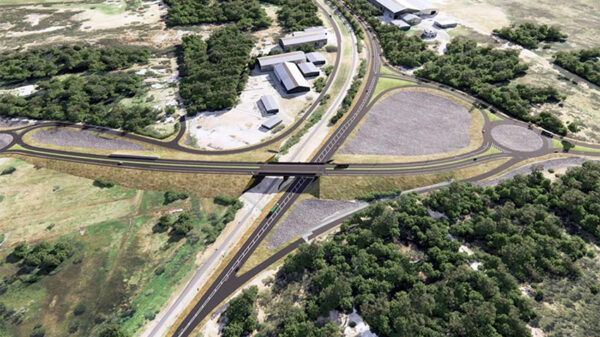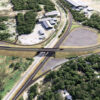Accelerated climate change is disrupting weather patterns, causing economic losses worth billions and deteriorating our already paralysed eco-system at an alarming rate. Scientists and environmental experts have categorically stated that ecological disruption in the next calamity – which we are not ready for. The COVID-19 crisis caused damage of unprecedented scale and nature. If recovery from the COVID-19 crisis is to be sustainable – if our planet is to become more resilient – we must do everything in our power to promote a green recovery.
It is high time to revamp how we generate energy in the country to meet our escalating needs. Countries all across the globe have invested heavily into green energy. While new coal sources have been recently discovered in Thar – Pakistan possesses ample poten- tial for renewable energy – which is clean, affordable and sustain- able at the same time. However, it is shocking that Pakistan gener- ates only 1% renewable energy from solar, while the global average is 15 to 20%. Our largest solar PV park, the Quaid-i-Azam Solar Park in Bahawalpur, has a total installed capacity of 1,000MW. This is very encouraging but we can still do so much better.
Pakistan has at least 50,000 MW of potential. We are fortunate to have something many other countries do not – which are high wind speeds near major centres. Despite the 10 billion tsunami tree project launched by the PTI government, our forest cover is only 5.7% – while the United Nations (UN) recommend at least 10% of forest cover for total land.
Policymakers must understand that trees act as carbon eaters, and are extremely pivotal for a sustainable ecosystem. It is estimated that 60% of all infectious diseases in humans and 75% of all emerging infectious diseases are zoonotic, originating from the transfer of pathogens from animals to humans. Zoonoses typically emerge when natural landscapes, including forests, are cleared for other use such as agricultural expansion and human settlement. This habitat loss results in a reduction or loss of traditional buffer zones that separate humans from animals or from the pathogens that they harbour.
With all the toxic air across the country – we cannot expect a green recovery until this neglected issue is resolved on an urgent basis. Annually 135,000 deaths are attributed to air pollution in Pakistan. 5.88% of Pakistan’s GDP or a whopping $47.8 billion is the estimated economic burden of air pollution in Pakistan. According to the Intergovernmental Panel on Climate Change (IPCC) assessment report, carbon emissions are expected to rise by 300% in the coming years.
According to the United Nations Framework Convention on Climate Change (UNFCC), Barcelona managed to curb air pollution levels by 38% solely due to climate-friendly concepts, setting an example for other big cosmopolitan cities. Many countries have initiated special congestion charges to discourage citizens from using cars in congested zones. Not only this minimizes carbon emissions in our eco-system but also generates revenue for the government.
For green recovery to become a reality – we require national unity in the country. The World Health Organization’s (WHO)’s Director-General stated that national unity is key in containing the COVID-19 pandemic. The same applies to mitigating the climate crisis and promoting green recovery. All provinces, regardless of their political differences, must be on the same page when it comes to the greater good of the country.
Green recovery is indeed essential to ensure the security of the planet and also mitigate the devastating effects of the COVID-19 pandemic. Pakistan’s green recovery is indeed possible, once we start trusting and investing in nature.
The writer is an environmentalist and a PhD candidate for climate change and ecological disruption in Pakistan.










